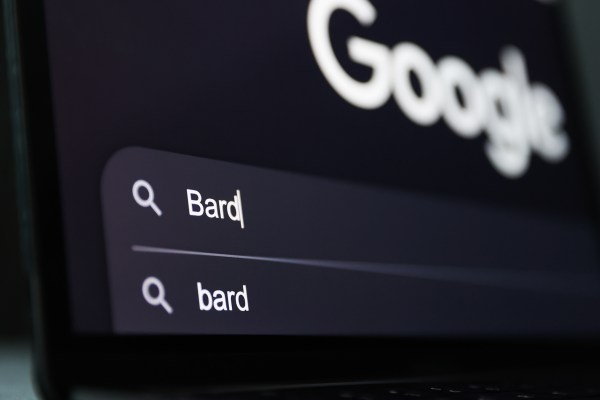When Google launched its Bard AI-chatbot, it didn’t compare all that favorably to the likes of Bing Chat and ChatGPT. Indeed, the launch was a bit of a disaster, with a Google ad featuring a wrong answer by Bard, briefly tanking the company’s stock by 8%. Today, at its I/O developer conference, Google is hoping to reintroduce Bard to a more favorable reception (and in a move similar to Bing Chat using OpenAI’s GPT-4 without telling anyone, Bard has similarly been using PaLM 2 for a while already as well).
This would be a good time for Bard to smarten up, too. Google is not only removing its waitlist and making Bard available to anyone in over 180 countries and territories (in English), but it’s also launching support for Japanese and Korean and promises to support 40 languages in the near future. In addition, it’s also announcing a slew of new features for Bard, including multimodal queries that can work with images, so you can use your images in a prompt or have Bard explain them to you.
The company will also soon launch extensions for Bard, including from Google’s own apps and services like Maps, Sheets, Gmail and Docs (and Google will soon make it easier to export Bard’s responses to Gmail and Docs, too). But maybe more importantly, Google is also working with third-party partners to bring their services into Bard. For now, though, the only third-party service highlighted by Google during its press conference is Adobe’s Firefly generative image generation service, but support for Wolfram Alpha and other providers is coming soon, too.
Support for Firefly seems like an odd move at first, given that Google features its own image generation service as part of Vertex, too. Adobe’s big advantage, though, is that Firefly is commercially safe, given that it only trained it on images that Adobe had licensed or that are in public domain. That’s held back some of its capabilities (it won’t generate a Balenciaga pope for you, for example) but also ensures that users (and in this case, that includes Google) aren’t running any legal risks.
Also new in this update: Bard can now surface images in its responses. Say you are looking for information about a tourist destination, Bard will now show you popular sights there.
On top of these image-related features, Google is also expanding Bard’s coding capabilities, powered in part by Google Lens. As the company notes, this doesn’t just include being able to generate code but also explaining code snippets and helping users debug code. Most of these capabilities launched last month, but as part of this next release, Google is bringing enhanced code citations to Bard, showing users the specific blocks of code that it used and its relevant licensing information when it generates code where the model quotes existing code at length.
Also coming soon: Bard can now map results with Google Maps and structure data in a table (which you can then move to Google Sheets, too).
In previous iterations, Bard was already able to export Python code to Google’s Colab. The company is now expanding this feature to allow exports of Python code to Replit, the popular browser-based IDE, as well. This will make it even easier for developers to use Bard to generate code and immediately test it.
Oh, and Bard is also getting a dark mode!
It’s still very early days for these kinds of tools, though Google already faces a bit of an uphill battle given the early perception of Bard and ChatGPT’s early start in getting mindshare. Indeed, Bard continues to feel a bit like a reactive product. Google’s focus, I think, was originally on building generative AI into most of its products, just like it is doing now with AI in Gmail and Sheets, for example. A chatbot, with all of its potential consequences for disrupting Google’s lucrative search business, likely wasn’t what Google wanted to focus on, but now the market forced the company to react. Surely, if Google had wanted to, it could’ve built Bard right into its search engine. Microsoft was able to do that with Bing, after all.




